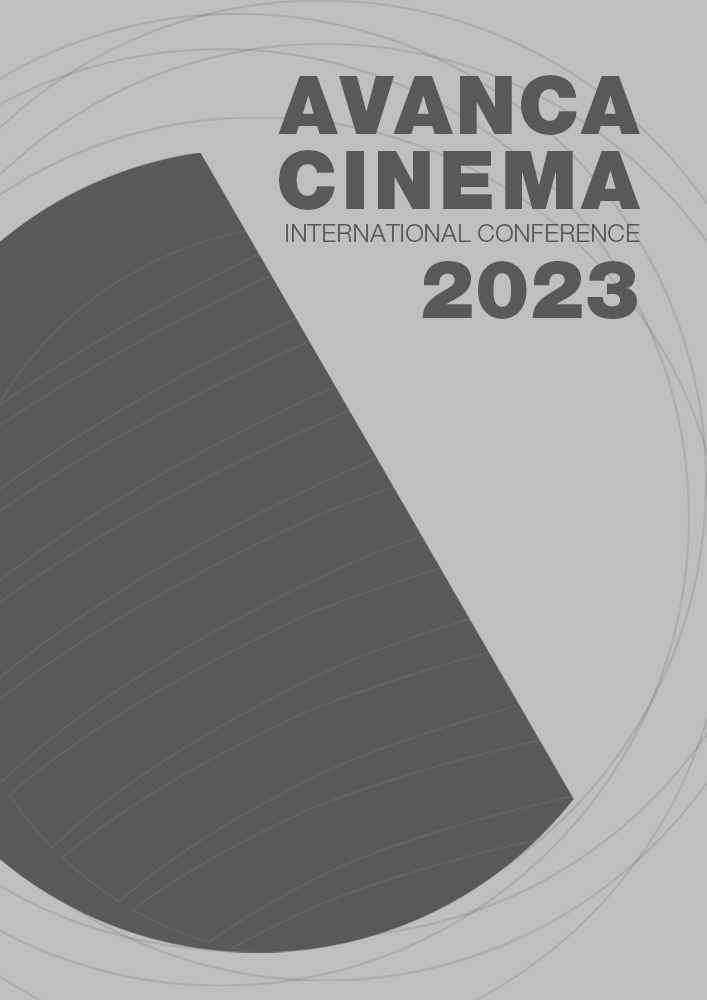Chapter II _ Cinema - Cinema
The visible textures in the film The Invisible Life of Eurídice Gusmão: an analysis of the production design
Abstract
In a fiction film, characters are surrounded by settings that were, most of the time, carefully planned and built by an art department. The production designer is the head of this department and is responsible for materializing the film’s universe. Although the results of his work are visible environments, they often go “unnoticed” by the viewers. The production designer uses elements to make up the settings that are in different materials, colors, shapes, sizes, and textures. To better understand the importance of textures in cinematic production design, this article aims to analyze the film The Invisible Life of Eurídice Gusmão (2019), directed by Karim Aïnouz. The film won the Un Certain Regard Award at Cannes Film Festival in 2019, among other awards. Using authors like Giuliana Bruno and C. S. Tashiro as a basis for the research, this study intends to reflect upon the work of the film’s production designer, Rodrigo Martirena. We perceive that the textures in the film’s settings enrich the images and reflect the characters’ emotions, therefore, contributing to the viewer’s experience.

This work is licensed under a Creative Commons Attribution 4.0 International License.

